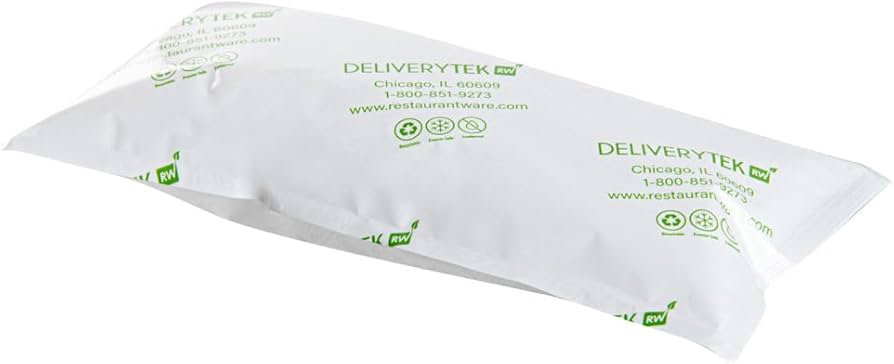Enhancing User Experiences: How Behavioral Prompts in Apps Drive Engagement
Keeping users engaged with an app is a significant challenge for businesses today. Studies show that over 77% of users stop using an app just three days after downloading it. To combat this, companies are turning to behavioral prompts, which are simple, timely reminders or messages designed to nudge users toward specific actions.
Nudge, a platform designed to drive user engagement, uses these behavioral prompts to help businesses keep their users engaged and active.
In this blog, we will explore behavioral prompts, why they matter for B2C apps, and how you can leverage them to improve engagement. We will also explore the benefits and best practices of using Nudge’s app to transform user experiences.
1. What Are Behavioral Prompts in Apps?
Behavioral prompts are simple messages or visual cues that encourage users to take specific actions within an app. These prompts can range from tooltips explaining how to use a feature to subtle reminders for completing tasks. Unlike push notifications, which interrupt the user, behavioral prompts appear while the user actively engages with the app. This makes them less intrusive and more effective at influencing user behavior.
Behavioral prompts come in many forms in the Nudge app. These include in-app messages, walkthroughs, checklists, and spotlight features that help guide users to explore features, complete tasks, or take desired actions. These prompts are subtle yet effective, helping businesses keep users engaged without overwhelming them.
2. Why Behavioral Prompts Matter for B2C Apps
B2C apps often involve complex workflows and multiple features, which can make it difficult for users to explore and utilize all the functionalities. Behavioral prompts help guide users through these complexities by offering timely hints and reminders.
User Retention
User retention is critical for the success of any app, especially B2C apps. Behavioral prompts help retain users by encouraging them to complete critical tasks, reducing drop-off rates. For instance, a well-timed prompt reminding users to complete their onboarding process can increase their chances of staying engaged.
Fostering Habit Formation
Prompts can be used to build user habits, which are crucial for long-term engagement. For example, an app might send daily reminders to complete a specific action, like logging in or checking a feature. Over time, these prompts help form user habits, encouraging repeated interactions with the app.
Personalization
Behavioral prompts can also be personalized based on user behavior. This ensures the messages are relevant, making users more likely to respond. For instance, if a user frequently uses one feature but ignores another, a prompt can encourage them to explore the unused feature..
3. Key Behavioral Prompt Techniques for Driving Engagement in B2C Apps
There are several techniques for implementing effective behavioral prompts in B2C apps. Let’s look at some of the most common ones used by Nudge:
Walkthroughs
Walkthroughs are step-by-step guides that help users navigate through the app. This is especially useful for onboarding new users. By offering clear, concise instructions, walkthroughs reduce the time it takes for users to get value from the app.
For example, the Nudge app uses walkthroughs to guide users through complex processes like setting up features or understanding how to use critical tools. This reduces frustration and increases the likelihood of users staying engaged.
Spotlights
Spotlights highlight specific features within an app that users may have missed. By drawing attention to these features, spotlights help users discover new functionalities, boosting engagement. This is particularly helpful for B2B apps with many complex features.
Checklists
Checklists break down complex tasks into smaller, manageable steps. This helps users focus on completing one task at a time, reducing overwhelm. For instance, a checklist might guide users through setting up their profiles or completing key actions within the app.
Checklists are especially effective in the Nudge app, where users may have several tasks to complete to get the most out of the platform. By breaking these down into smaller steps, checklists keep users on track and engaged.
4. Benefits of Behavioral Prompts for B2C Apps
Behavioral prompts offer several benefits for B2C apps, from increasing user engagement to boosting conversions. Here are some of the key advantages:
Boosting Conversions
Behavioral prompts can significantly improve conversion rates. For instance, a prompt reminding users to complete a purchase or upgrade to a premium plan can drive higher sales. The Nudge app uses targeted in-app messages to prompt users to take these actions, resulting in higher conversion rates.
Enhanced Feature Adoption
Many apps have features that go unnoticed by users. Behavioral prompts can help highlight these features, encouraging users to try them out. This increases feature adoption and ensures users get the most out of the app.
For example, a prompt might encourage users to explore advanced settings or try out a new tool, helping them get more value from the app.
Timely, Non-Intrusive Engagement
Unlike push notifications that disrupt the user, behavioral prompts are displayed when the user is already engaged with the app. This makes them more effective at influencing behavior. With Nudge, businesses can ensure that prompts are delivered at the right time to drive action without annoying the user..
5. Case Studies: Behavioral Prompts in Action
Example 1: Boosting User Engagement
A B2B company using the Nudge app increased user engagement by 30% by implementing targeted behavioral prompts. The prompts guided users through the onboarding process, helping them complete key tasks. This led to higher retention rates and more engaged users.
Example 2: Increasing Feature Adoption
Another business used Nudge to highlight underutilized features within their app. Using spotlights and walkthroughs increased feature adoption by 40%, helping users discover more of the app’s functionalities.
6. Best Practices for Implementing Behavioral Prompts
To get the most out of behavioral prompts, it’s important to follow some best practices:
Personalize Prompts
Tailor behavioral prompts based on user actions and preferences. This ensures that the prompts are relevant, increasing the chances of user engagement.
Use Timely Nudges
Deliver prompts at the right moment. For example, prompt users to explore a new feature after they’ve completed a key task. This encourages them to continue interacting with the app.
Avoid Overloading Users
Too many prompts can overwhelm users and cause them to disengage. Use prompts sparingly and focus on delivering value with each message.
7. Conclusion
Behavioral prompts are powerful tools for improving user engagement, retention, and conversions in B2B apps. By guiding users through the app and highlighting important actions, these subtle nudges can significantly impact how users interact with the platform.
Nudge makes it easy to implement these prompts, helping businesses create a more engaging and user-friendly experience.
Ready to see how behavioral prompts can transform your app?
Book a demo with Nudge app today to learn how you can start driving higher engagement and retention with ease.














